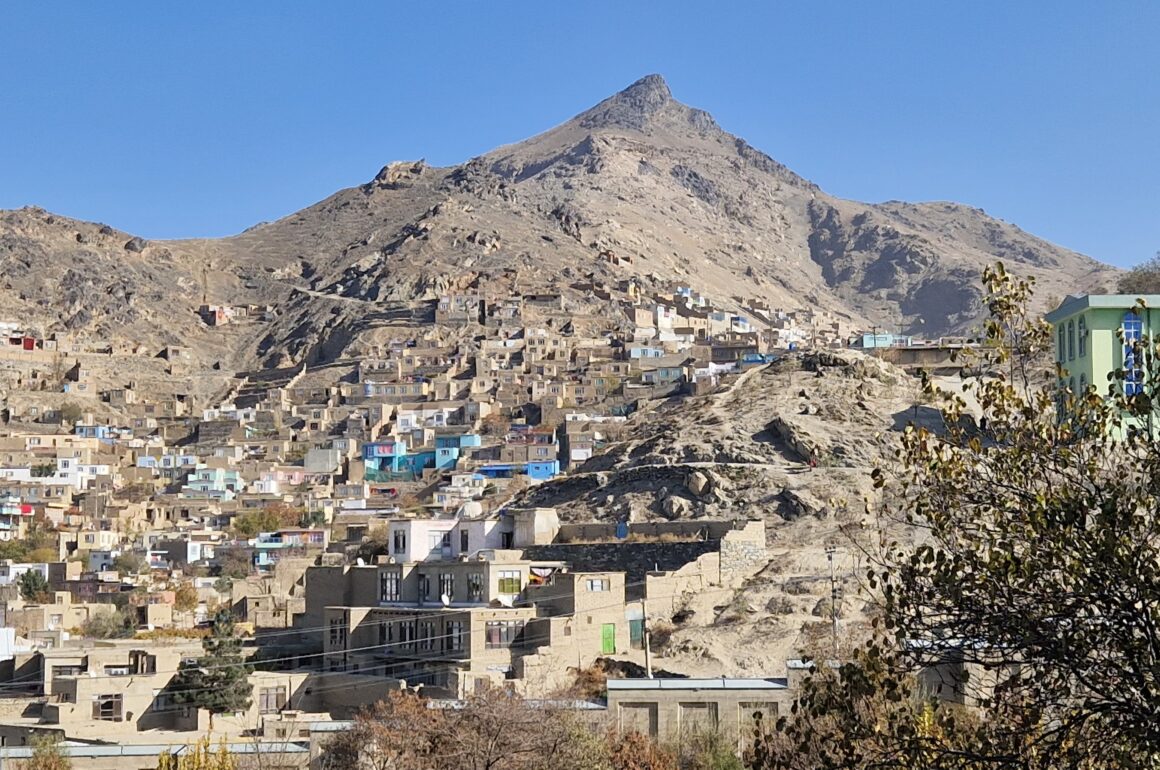
Right. I did not actually go to Afghanistan for birding. I had another reason for that, trying to support a local NGO and its projects to educate Afghan women – something that is extremely important due to the current Taliban ban on female education past 6th grade. In a barely disguised advertising plug, I will explain more at the end of this post (and probably in some other posts describing my travels in Afghanistan). These advertisements are for a good cause (see above), so I do not feel bad about them. But of course, you can skip them when getting near the end of this post – though that will mean not using your knowledge and skills to help Afghan women. Oh god, I sound like the Pope now. Apologies. Not my style, usually (I hope).
So, birds in Kabul. Though I spent only a few hours looking for them (and I did not bring binoculars nor a camera, a bit too worried to be taken for a spy by some eager Talib). This made me confirm (not to my great surprise) that an investment in good photographic equipment is indeed a good investment. The photos taken with my mobile phone all suck. Badly. I am only including them in this post to give you my real-life Kabul experience …
Four species are the most easily seen in the few urban parks (into which women are not actually allowed to enter – I am not sure about female birds).
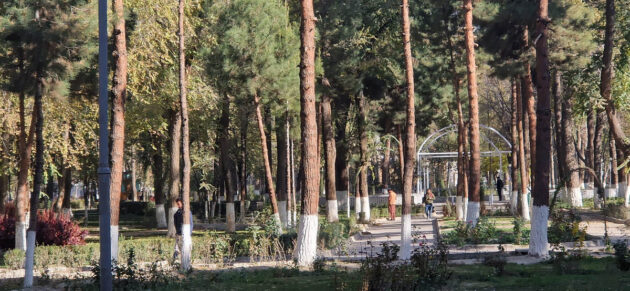
These species are …
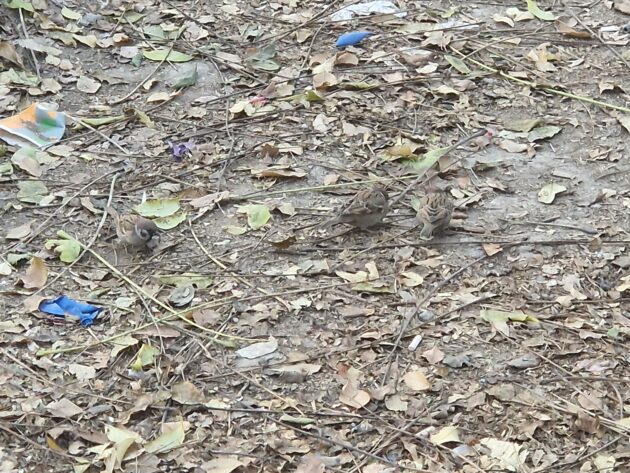
… Eurasian Tree Sparrow …
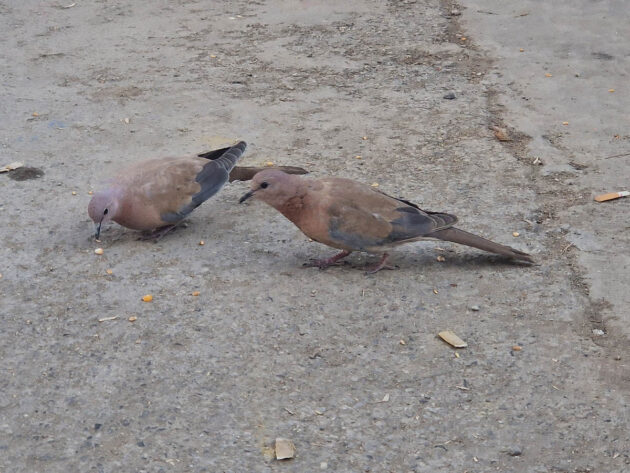

… Laughing Dove (the least shy among them, making them the most suitable for mobile phone bird photography) …
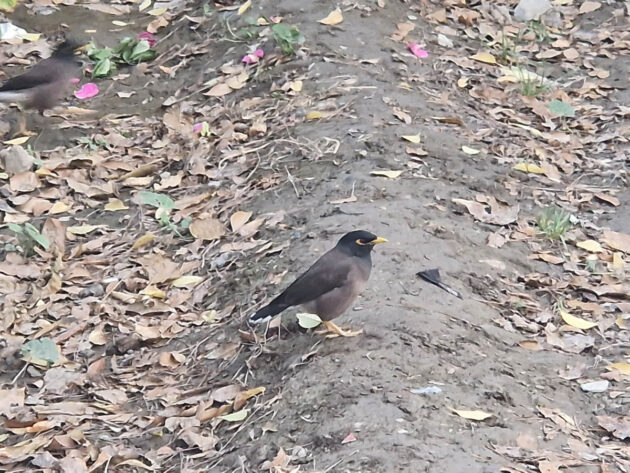
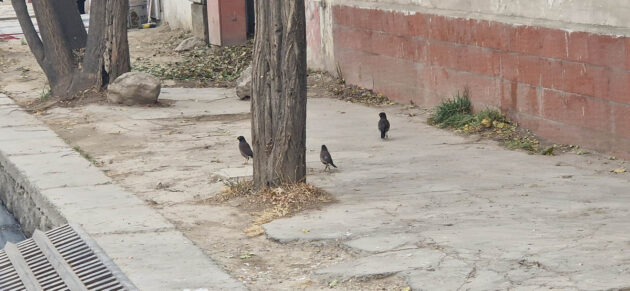
… Common Myna (whose Dari name is also Myna, or something very similar) …
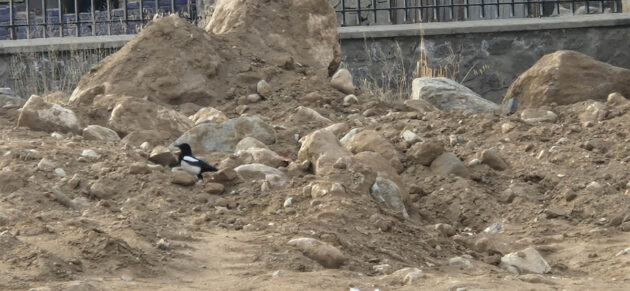
… and Eurasian Magpie (I am guessing it is Eurasian and not another, very similar-looking magpie).
And of course, there is a large number of Rock Doves (feral), particularly near one particular mosque . Legend has it that anyone who kills one of these pigeons will go blind – for once, a superstition I highly appreciate and which I wish we could expand to all other bird species as well.
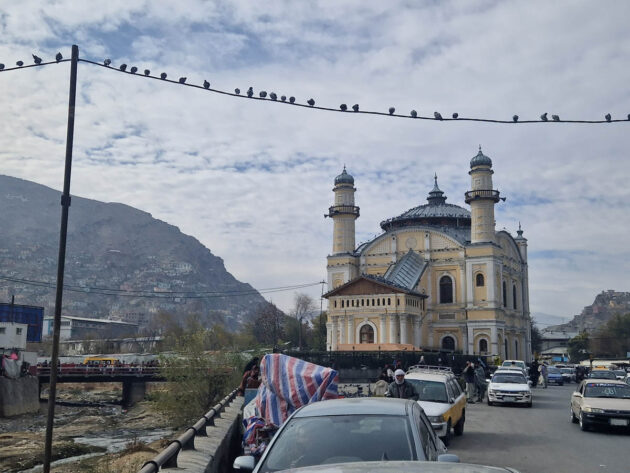
You can buy bird feed from an approximately 6-year old boy standing next to the doves and then feed the pigeons – or outsource this job to a kid standing nearby, as I did (see below).
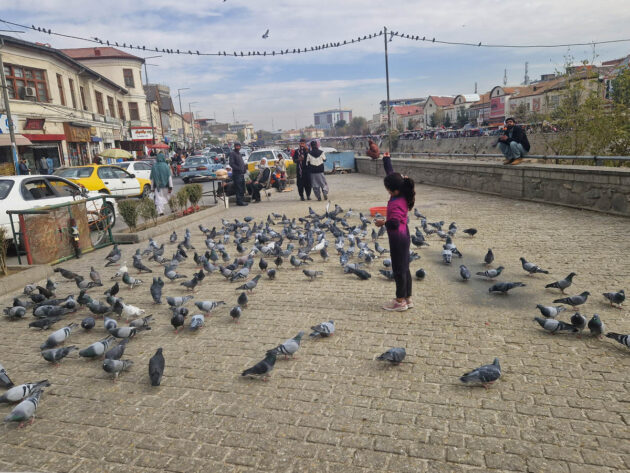
Drinking water is also provided, though it looks a bit dubious in quality.
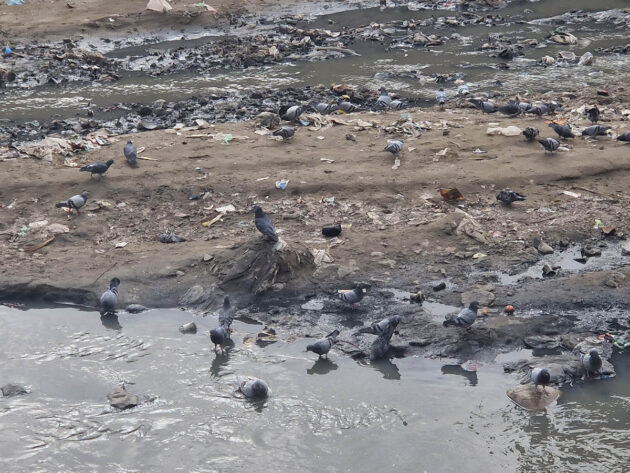
Somewhat sadly, Kabul also has its share of captive birds. Some are in the zoo, such as …
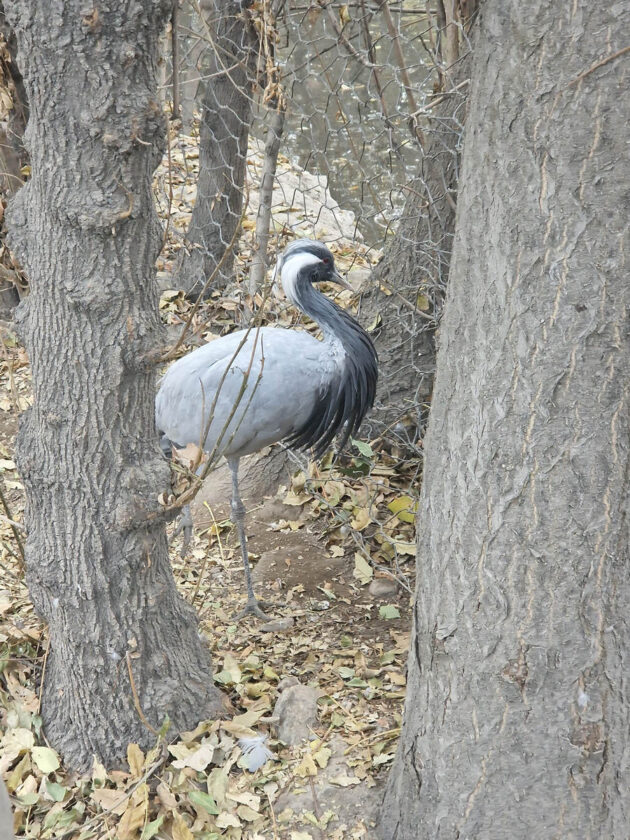
… Demoiselle Crane …
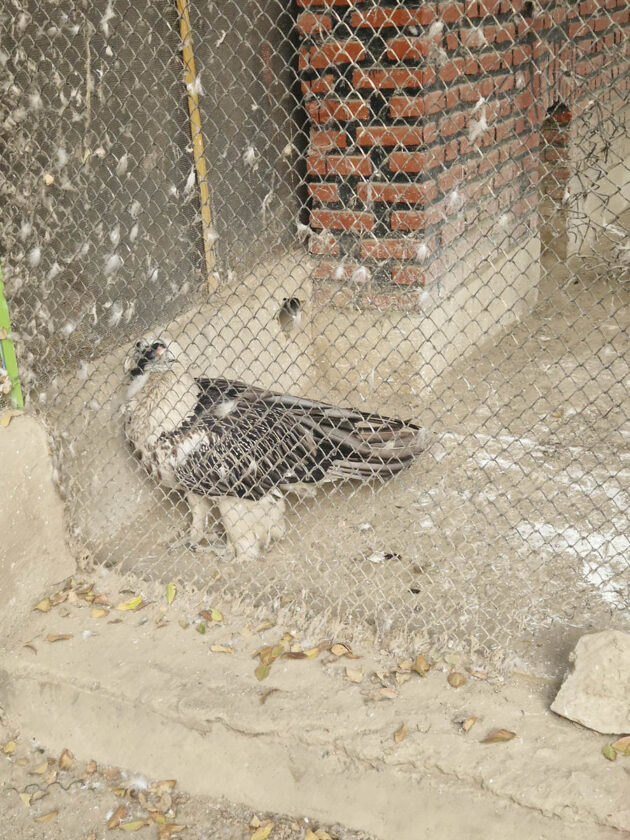
… and Bearded Vulture …
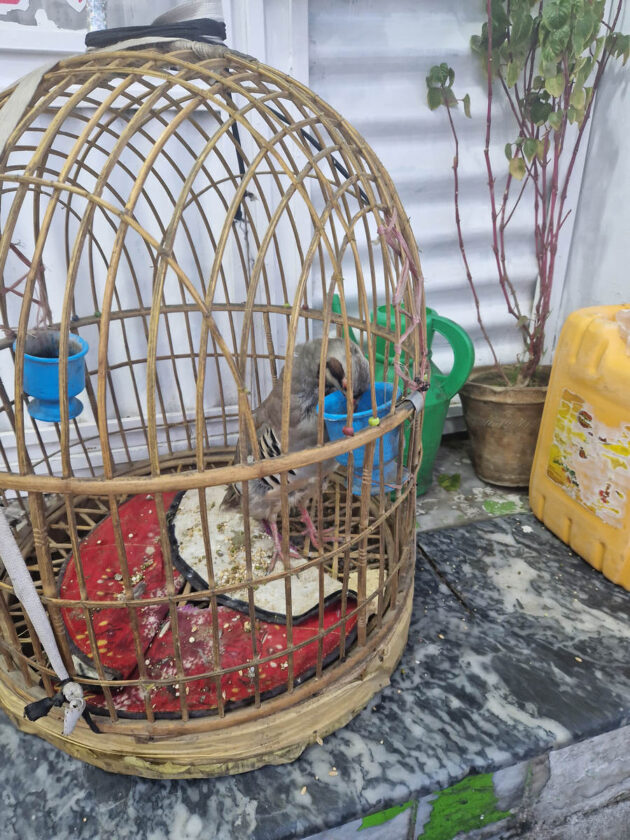
… while others live in cages near shops, with the Chukar Partridge a particular favorite …
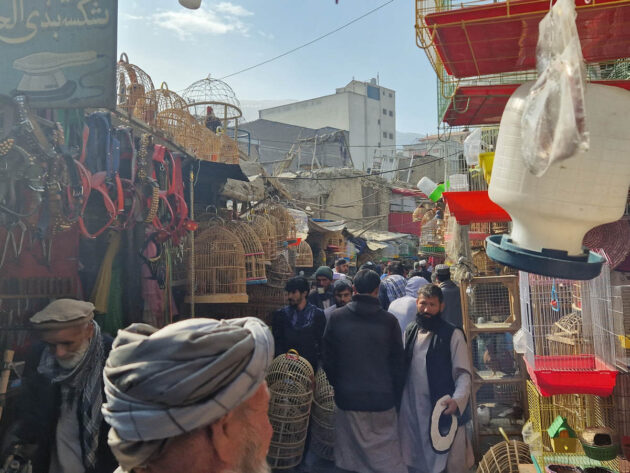
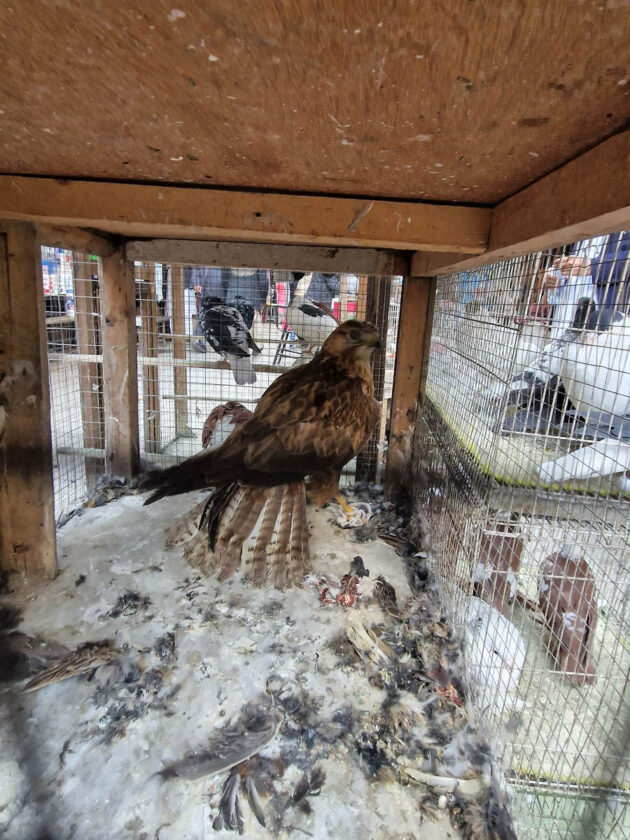
… or in cages at the bird market somewhere in the bustling downtown bazaar area.
Becoming the top-listed birder for Kabul means you only need to see 33 species, one indication of the difficult situation the country is in. Another is the fact that among the birding locations listed for the city, at least half of them sound like they are or were probably more or less off-limits for the common Afghan population – enclaves of high security. At least site names such as Hamid Karzai Airport, ISAF Headquarters, US Embassy, UNOCA Compound, or Bagram Air Field suggest this to me.
Basically, this is all I can say about birding in Kabul, I am afraid. But now that I have covered the obligatory birds, here are a few photos taken while walking around in Kabul.
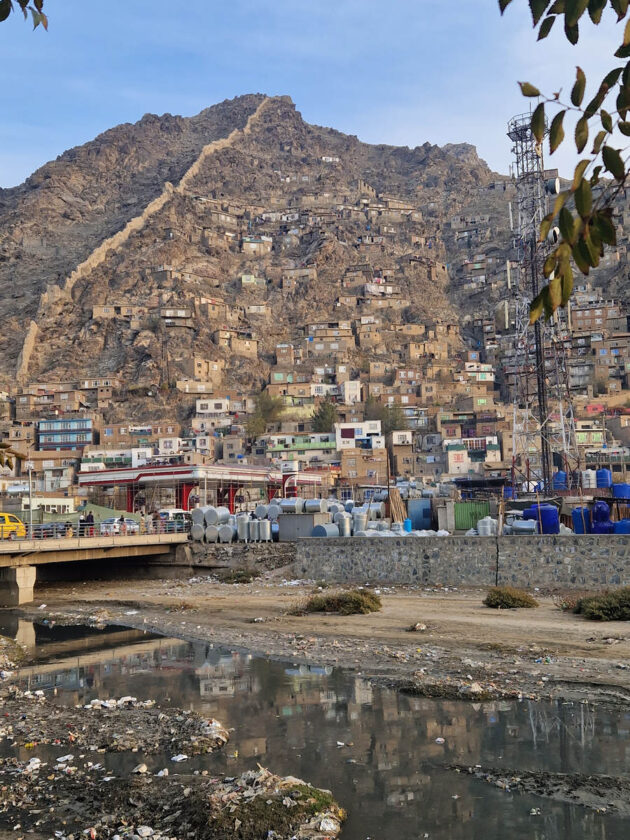
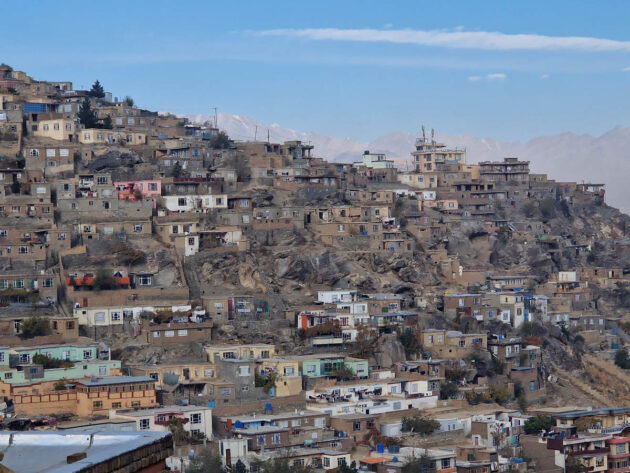
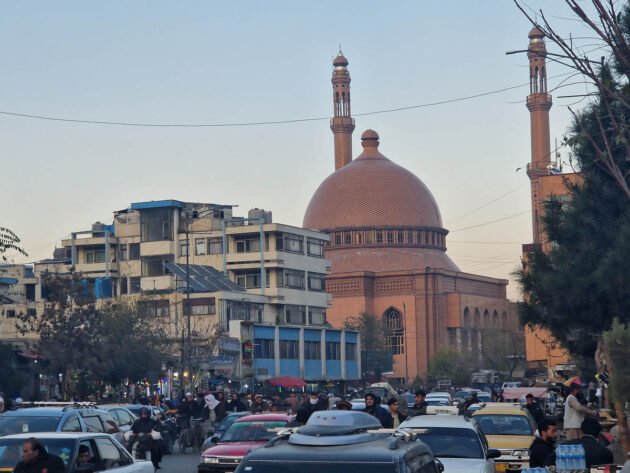
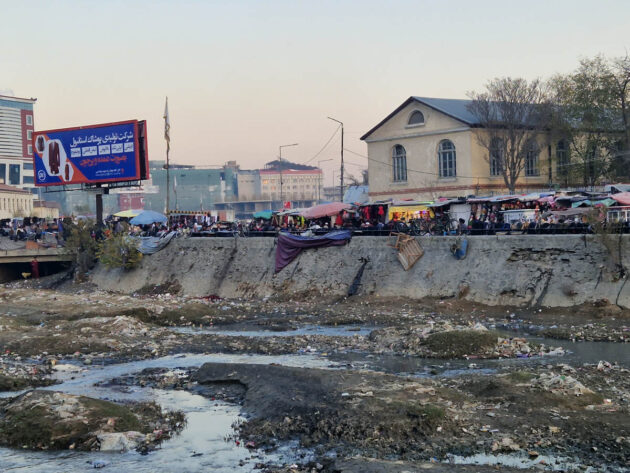
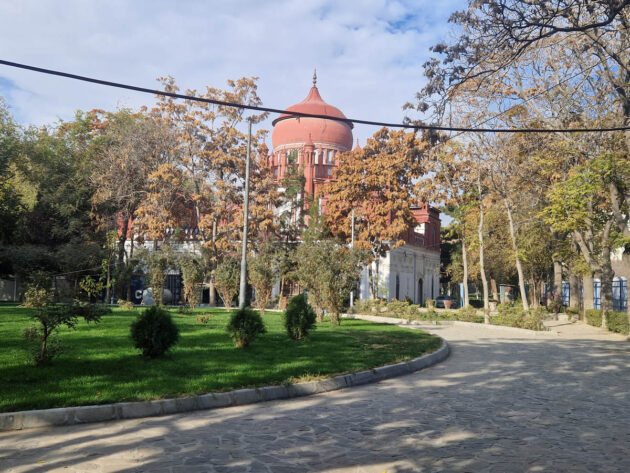
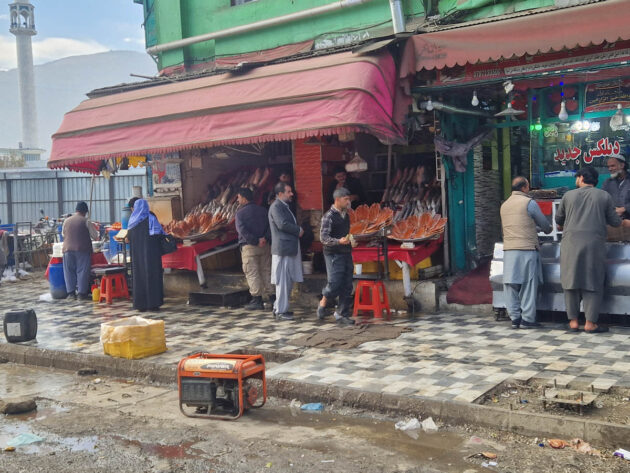
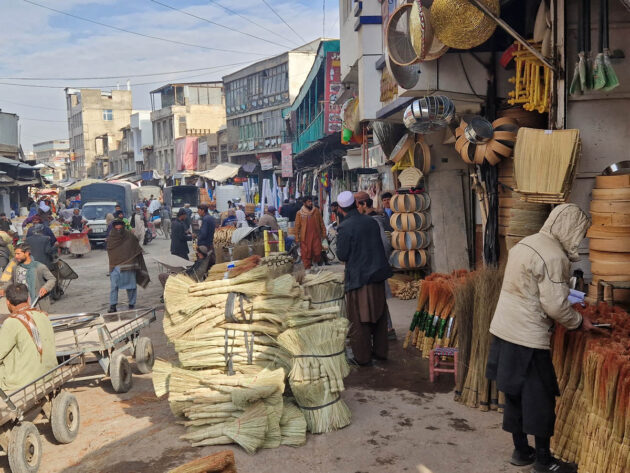
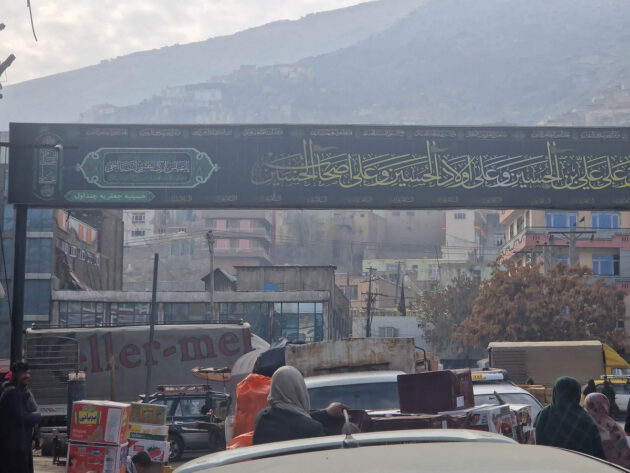
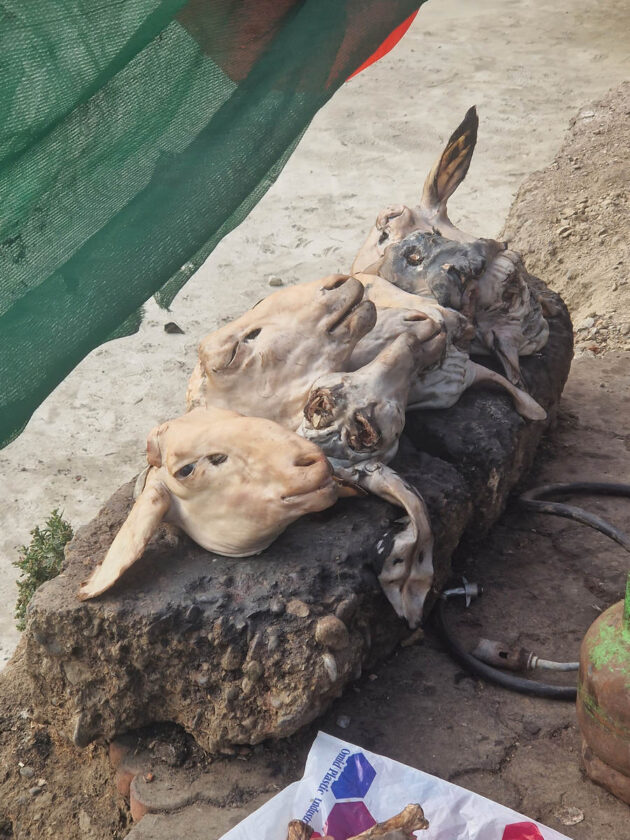
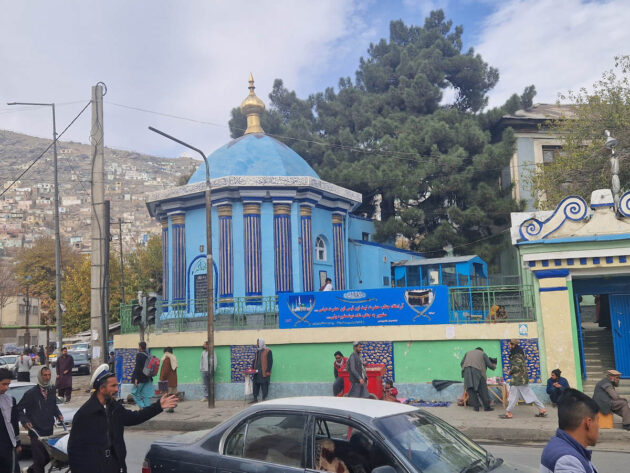
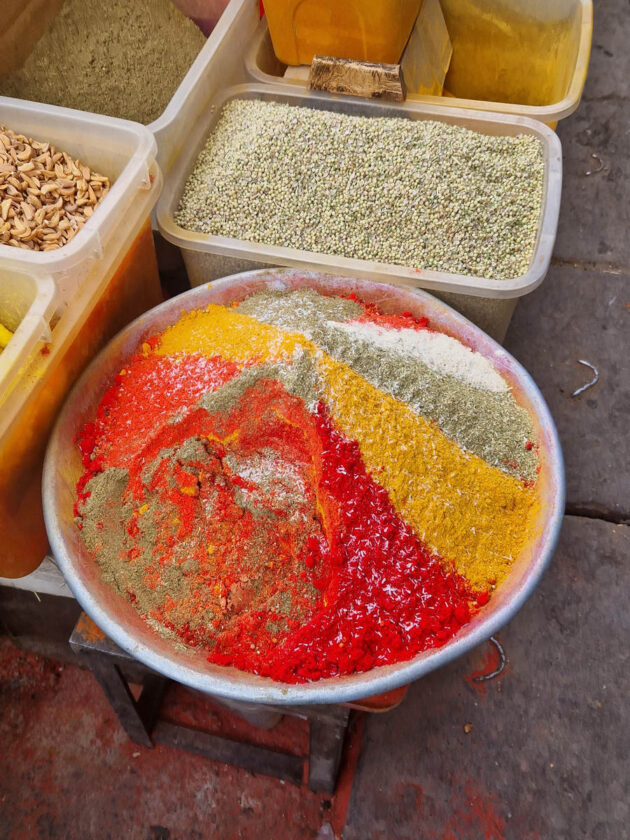
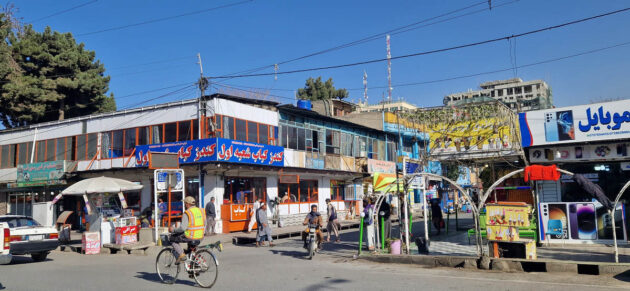
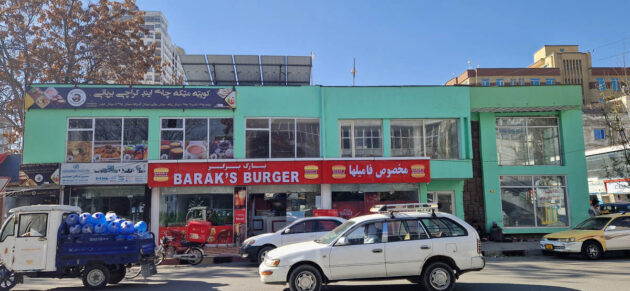
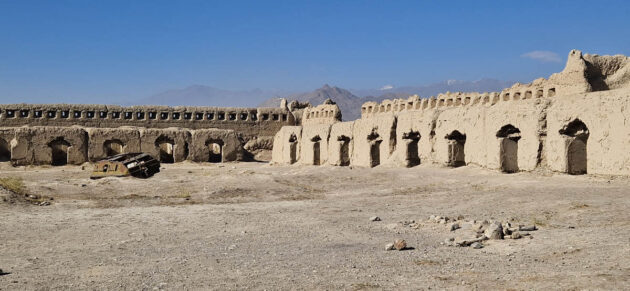
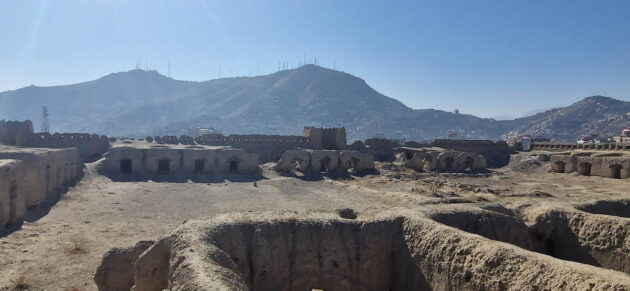
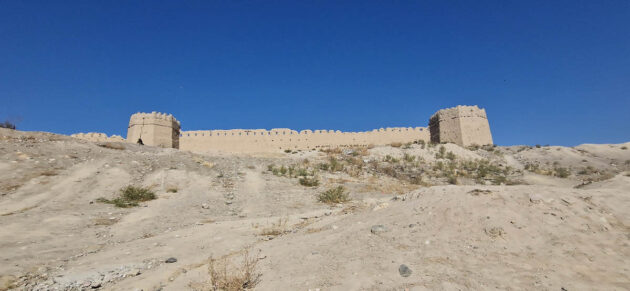
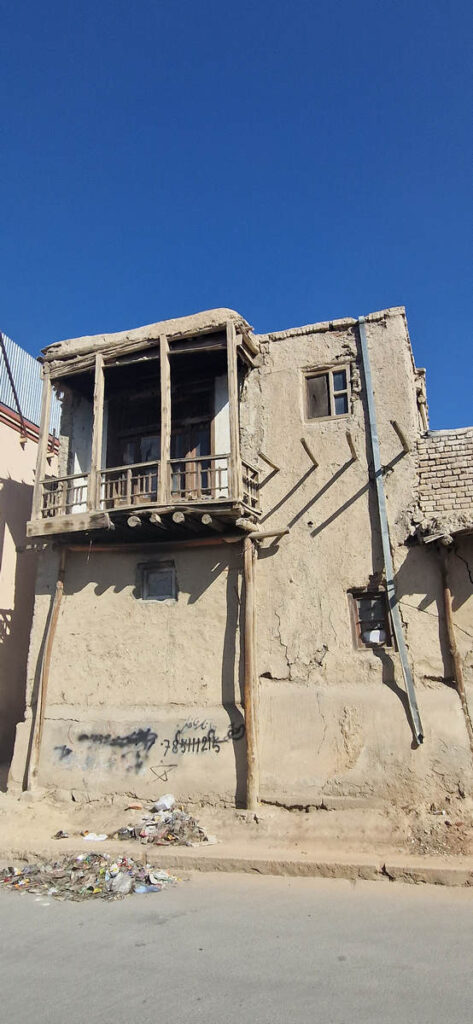
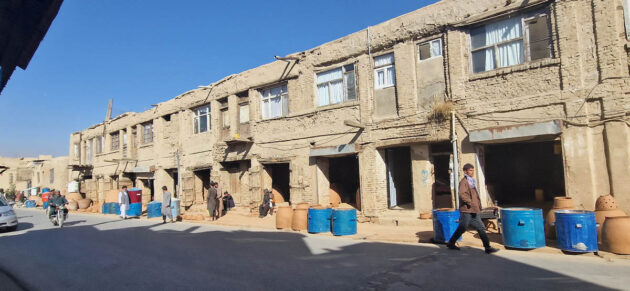
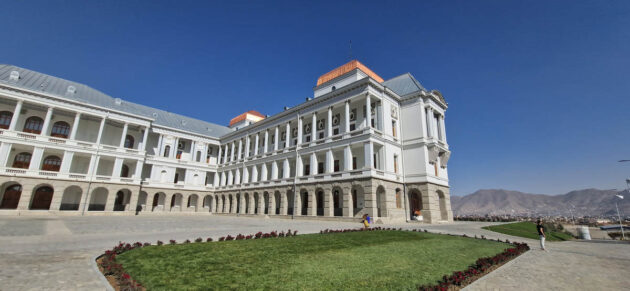

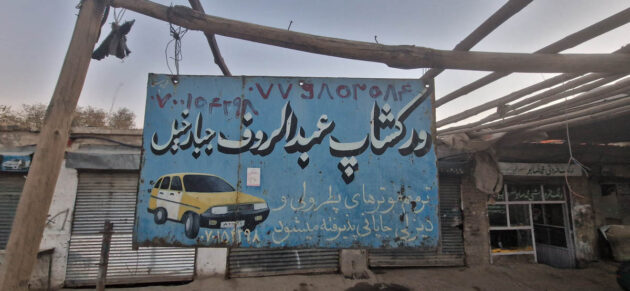
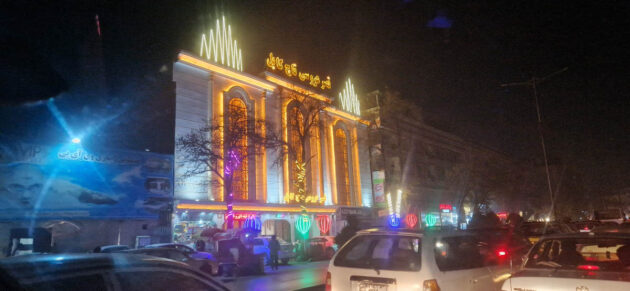
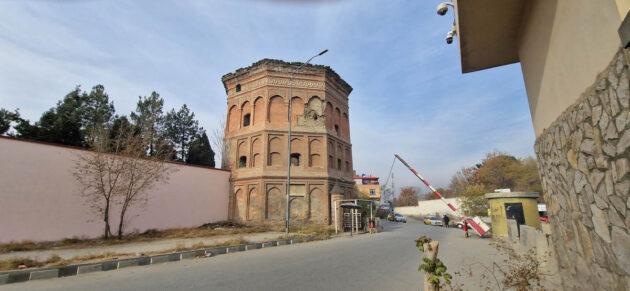
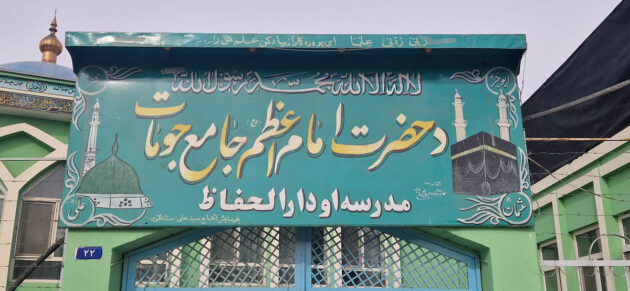
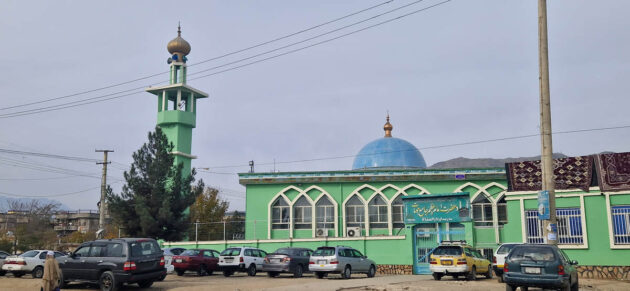
And as announced earlier, some background of what my Afghan friends are doing in Kabul and how you might be able to support them.
We are currently focusing on two areas – one is getting some mineralogy/geology labs to work again so that Afghanistan can get more value out of its rich resources, and thus create more jobs for the people. Anyone with knowledge of the equipment in this area and an interest in helping is very welcome to contact me.
The second, even more pressing area is female education. We will establish a series of online workshops, trainings, and seminars for young women. The topics for these may cover a wide range but will generally focus on the development of critical skills to empower these women. If you are interested in being part of this and are willing to share your knowledge with Afghan women from diverse backgrounds, please contact me at kai.pflug at gmail.com (see also the contact page of this website). I will be very happy to provide more details.











Such very interesting impressions with such a tragic background. I commend your courage and your goals in Afghanistan and am happy to see you are safe back in China.
Bearded Vulture has been my favourite bird since childhood, and it hurts to see it in such terrible conditions. Even worse is the Chukar. I’ve seen these tiny “basket” cages in Indonesia, and it breaks my heart not only for the individual suffering but also the population losses these “passions” for wildlife cause.
The magpies in Afghanistan should be of the form bactriana, which so far as I know is (still) part of Eurasian magpie. The split seen in the magpie recently is mirrored in quite a few other species, like the Eurasian Blackbird. In all these cases I am aware of, the central Asian forms were included in the European species, and not the East Asian species. I’d guess the same for your magpies in Kabul.
Oh, and those goat heads remind me of a comparable meat market I visited as a young lad in Bishkek / Kyrgyzstan, in the summer heat of a 35°C day. The stench, Kai, the stench…